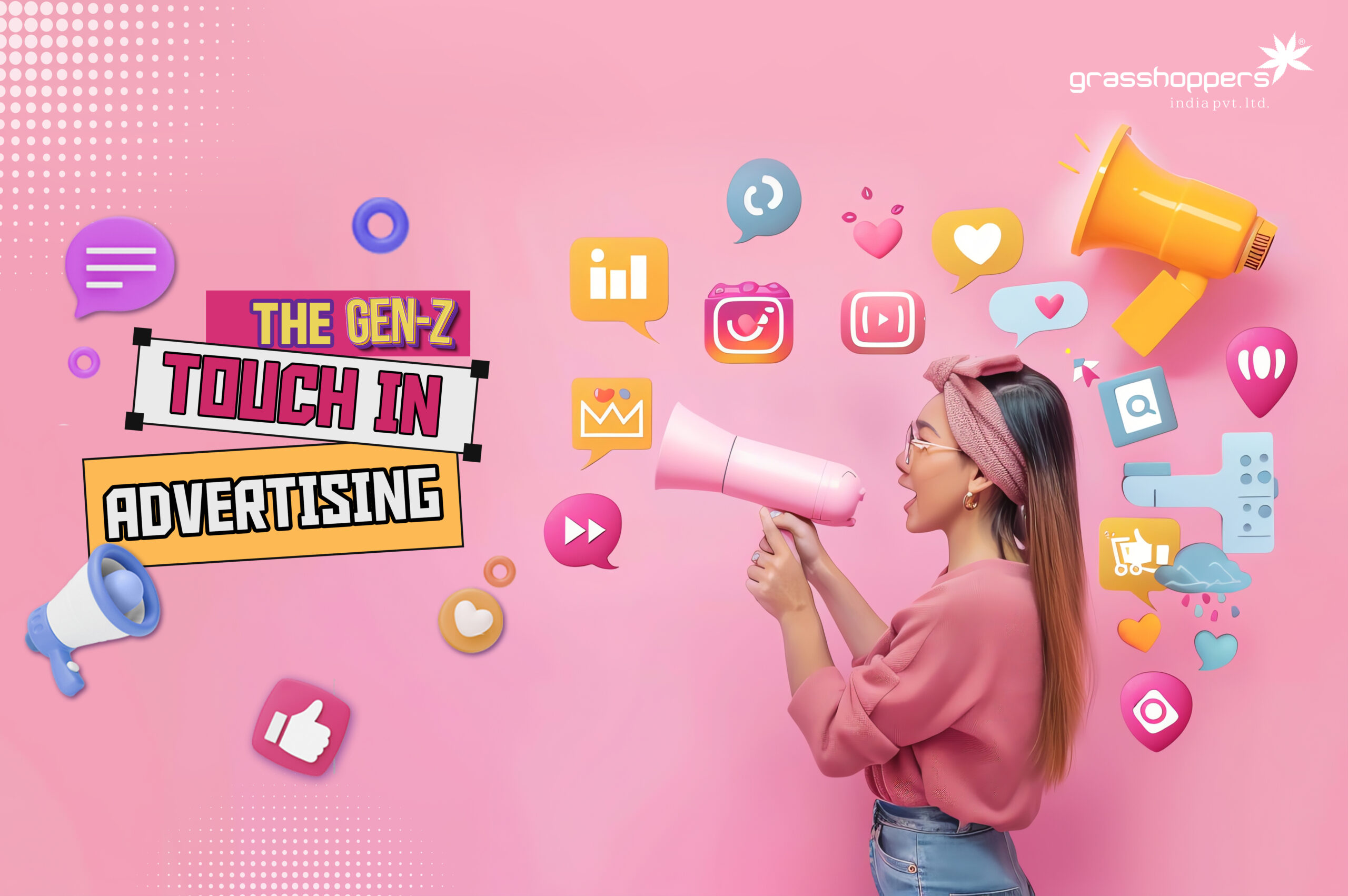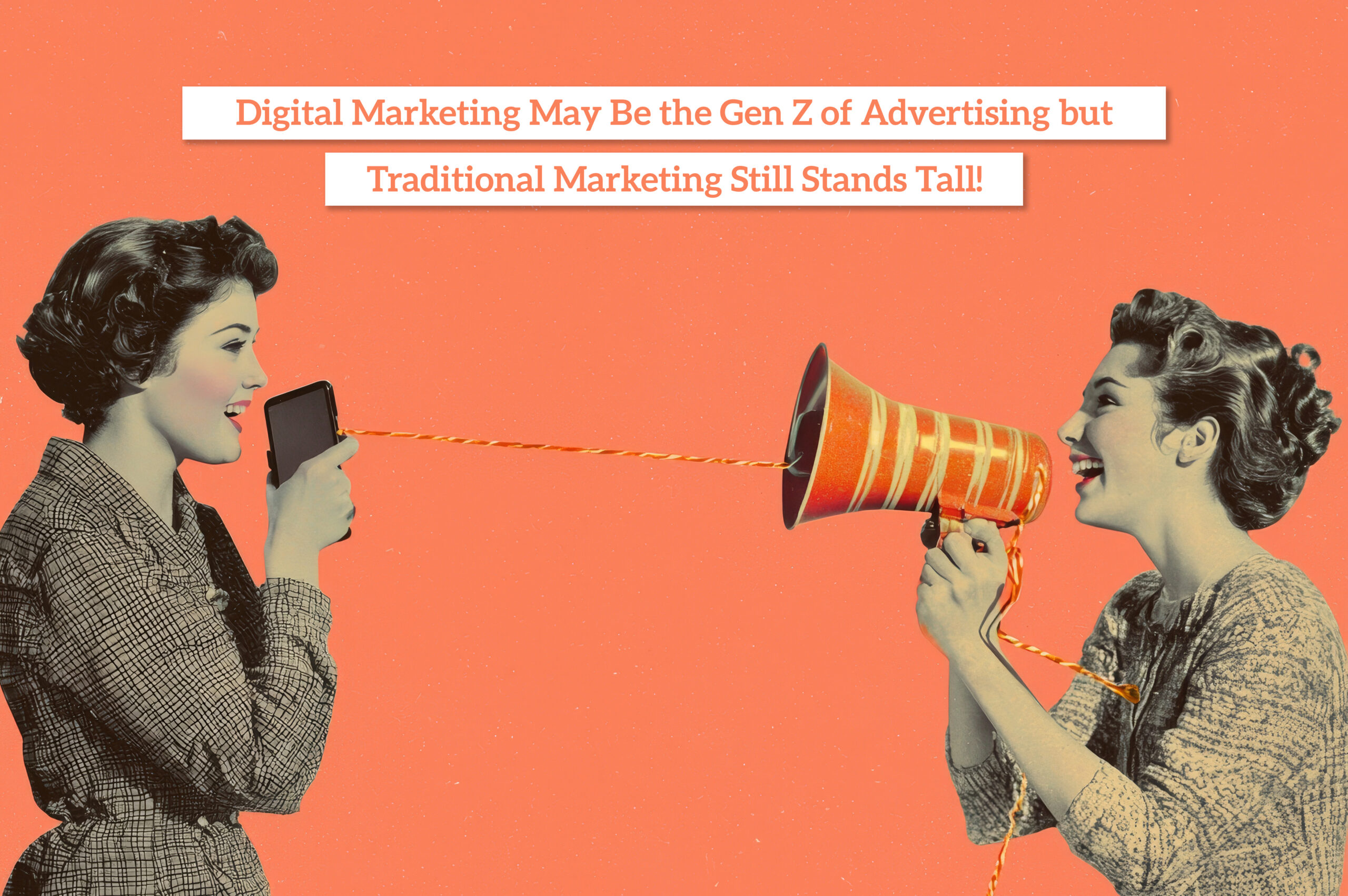Consumers often choose one brand over another for the same product, which raises the question: what makes a brand stand out so much that customers consistently prefer it?
The answer lies in “neuromarketing”.
In simple terms, neuromarketing is the study of how a consumer’s brain reacts to different advertisements and brands, and how they influence their purchasing decisions. When a brand effectively taps into these psychological insights, it can create more compelling ads that subconsciously encourage consumers to remain loyal to the brand, ultimately shaping their buying habits.
How does it work?
- EEG (electroencephalography) and FMRI (functional magnetic resonance imaging): The process of scanning how the brain responds to certain ads.
- Eye tracking: The process of understanding where a consumer focuses their attention to. This can be based on their interests in the product, the usage of colours and themes that immediately catches the eye.
- Analysing facial actions: The process of analyzing the changing expressions and emotions to certain visuals and messages presented in an ad.
- Physiological measures: The study of analyzing a consumer’s heart rate, their pupil dilation and breathing rate.
How does it affect consumer purchase?
- Emotions: According to Harvard Business School professor Gerald Zaltman, approximately 95% of consumer purchases are driven by emotions. Brands that successfully connect with their consumers’ emotions—whether it’s grief, joy, nostalgia, or excitement—tend to create a deeper, more lasting bond. For example, Tata Tea’s “Jaago Re” campaign resonated emotionally with consumers by invoking a sense of patriotism and social responsibility. By addressing critical issues like women’s safety, political corruption, and gender inequality, the campaign garnered widespread attention and sparked meaningful conversations.

- FOMO (Fear Of Missing Out): It is a psychological trigger that taps into people’s desire to avoid losing out on something valuable. It has been noticed people tend to place higher value on things that are perceived as scarce or hard to obtain. Terms such as “limited time offer”, “limited edition”, “Offer running out” triggers a sense of urgency in the consumer’s mind and pushes them to buy the product. For example, Amazon’s messages like “Only 1 left in stock” or “Only 2 left in stock” encourage faster purchases.
- Colourful Presentation: Colours have a tendency to evoke psychological responses. For instance, red evokes a sense of thrill and excitement, often seen in brands such as McDonald’s, LEGO, Budweiser etc. Blue colours in brands often tend to highlight values and trust, most notably brands like Paytm, VISA, HP etc. Green colours in brands tend to highlight health and eco-friendliness, most notable examples being Greenply, Subway, Tropicana etc.
- Power of social media influencers and celebrities:
Consumers are attracted and tempted to buy products that are endorsed by their favorite celebrities and personalities. Harpic saw a major boost in sales with Akshay Kumar endorsing the brand, while Lux soap witnessed similar success with Anushka Sharma and Virat Kohli. AdEx India’s Celebrity Endorsement Report 2024 stated that MS Dhoni was the most sought after celebrity, endorsing up to 52 brands on TV in 2024 with Amitabh Bachchan closely following with 51 brands. It goes on to state that Akshay Kumar dominated TV advertisements with over 20 hours of visibility across all channels on a daily basis. Shah Rukh Khan followed him closely with 16 hours per day. Partnering with a trusted creative agency can help brands leverage such influencer power more strategically and effectively.
- The anchoring effect: The human brain tends to rely on information that is provided to them in the beginning. For instance, often a product is labelled as “700₹, now at 500₹. This immediately instills a sense of profit amongst the consumers as they feel they are getting the better end of the bargain. While the intended price of the product has always been ₹500.
- The art of storytelling: As humans we feel a greater connection to engaging narratives and stories rather than facts. When a brand successfully narrates a compelling story it etches itself in the mind of its consumers. For example, brands like Nirma which promotes values such as women empowerment and women rights through their ads. This helps them create a bond with their consumers that is not limited to just the product itself.
How brands use Neuromarketing?
Apple: Apple has nearly perfected the art of neuromarketing with their minimalist packaging design, which enhances the consumer experience during the unboxing of their products. This thoughtful design generates excitement and anticipation, making the process feel more special.

McDonald’s: McDonald’s uses its signature color scheme of red and yellow to evoke feelings of energy and joy, while also creating a sense of urgency and intrigue. These colors work together to influence consumer behavior and emotions.
In Conclusion:
Neuromarketing is often misunderstood. It is not about manipulation, but rather about understanding consumers’ thoughts and emotions. By analyzing these factors, brands can craft more engaging experiences that resonate deeply with their audience, leading to more effective marketing strategies.
Ready to tap into the power of the brain? Let’s decode your audience and elevate your brand—Call us at 99104 45642 & connect with our neuromarketing experts today!








Leave a Reply